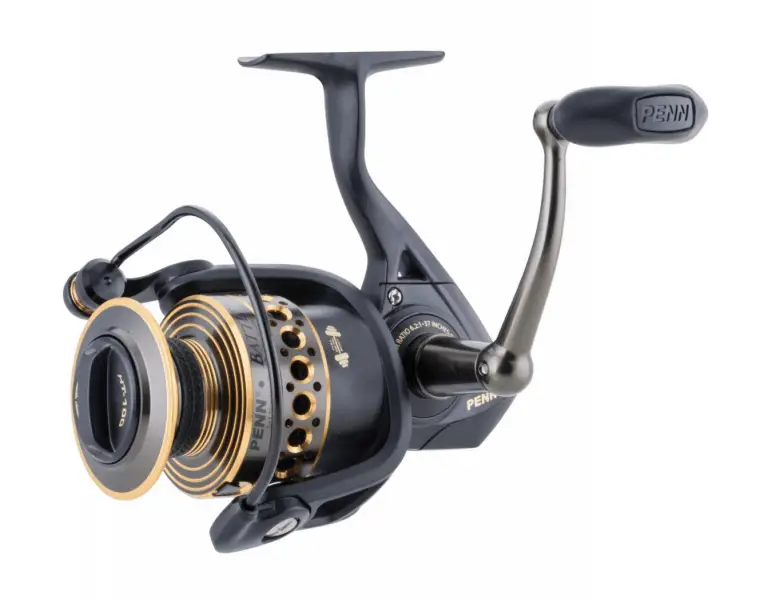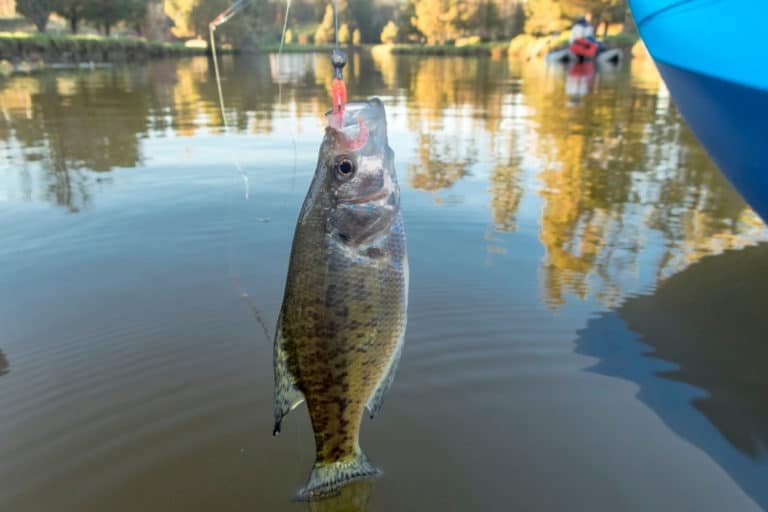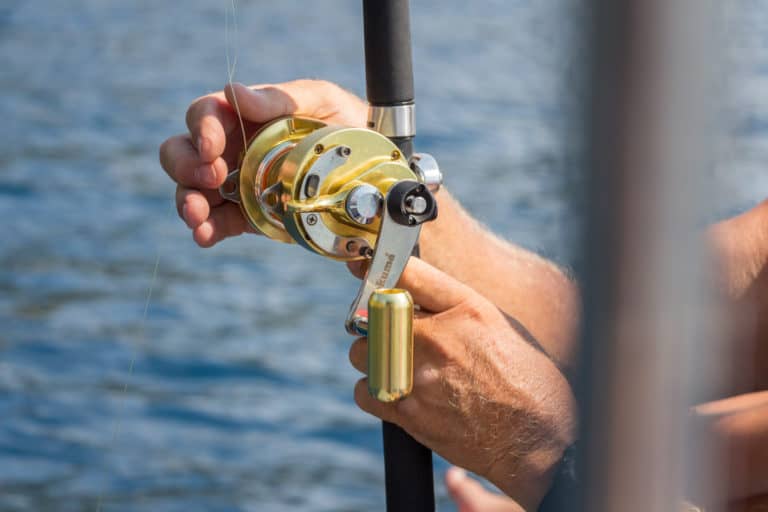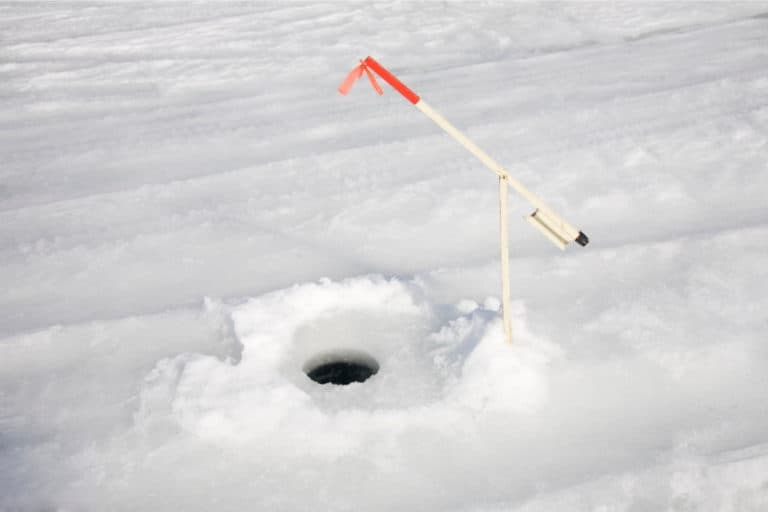What Baits To Use On A Baitcaster
For the majority of bass anglers, a baitcaster is their staple and go-to choice of equipment. While they can be used in many applications, they are not suitable for all. If you use the wrong reel for a certain tactic on the water, it can have a huge impact on your fishing day out and success.
There are certain strategies, techniques, and tactics that work best with baitcaster reels. It’s also really important to consider what baits to use on a baitcaster.
If anglers are targeting large game fish species such as bass, northern

When it comes to using live bait with a Baitcaster, there are several advantages. Baitcasters can usually handle heavier bait, are better controlled for more accurate casting, have a better ability to skip through the water, and offer less of a pendulum effect on the sinker.
It is important to remember that live bait should only be used under certain circumstances. Live bait is better used in clearer water.
If your fishing spot is turbid and cloudy, then the fish below will find it hard to discover your live bait unless it is wriggling and making noises that fish can hear or sense.
Live bait is also preferred by different fish and in different areas. If you’re saltwater fishing for marlin, some bait you should use include bonito, blackfin tuna, or skipjack. These are best used on a moving boat when out on the ocean.
If you’re fishing for bass, we recommend using earthworms, minnows, or crickets. You will often get the best results when perched on a bank next to a river or stream or fishing from a boat on a freshwater lake.
Can you use live bait on a Baitcaster?
It is possible to use live bait on a Baitcaster. However, you may need some experience and certain levels of capabilities to use live bait on your Baitcaster to catch fish.
Baitcaster reels are perfect for all kinds of fishing including bass, musky, ice fishing, and
However, they are not the best suited for lighter lures. Many anglers find that using live bait with their Baitcaster is the most effective method in most types of fishing.
Regular reels tend to cause a pendulum effect when casting a line with a sinker and live bait on it. While bait movement can attract fish to your hook, this back and forth motion does not look natural to fish.
Therefore, they will try to avoid the hook. This can be remedied with a Baitcaster reel as it can be cast straight out.
This allows the sinker and live bait to drop straight into the water with no pendulum effect. The movement seems more natural giving the angler a better chance of attracting fish to the hook.
When using live bait, some anglers favor fishing in harder-to-reach areas such as under bridges where fish tend to live and eat. Live bait can be used with a Baitcaster in these situations as anglers want the live bait to attract the hungry fish.
A Baitcaster allows anglers to cast with precision so the live bait can reach potential prey in harder-to-reach spots. Other examples of these spaces include areas with many rocks and bushes or any place where large fish may be feeding.
How do you bait a baitcasting reel?
When putting bait or lures onto your baitcasting reel, the rod and reel must be prepared first. Every baitcasting reel sports a mechanism inside that acts as a brake.
This helps you control the distance you cast the rod as well as prevent backlashes. You should start by completely turning the brakes off. This can be frustrating for those who have little experience with Baitcasters.
When casting the bait, you need to use the rod. By this, we mean that you will need to let the rod do all of the work and not put a lot of effort into using power from your shoulders and arms.
When throwing a light lure or bait onto your Baitcaster, you should use your wrist and not your arm. Ideally, your arm movement should be limited as you do not want to use too much force when casting. Instead, you will want to use the natural bend of the road as well as the gravity of the lure/bait to fling your cast out.
To start, let the bait hang off the tip of your reel with an extra line. Now, try and drop the line out around 30 inches. This helps you use the bait and allows the road to flex, resulting in a long distanced cast.
Your Baitcaster should be right in front of your face. It should look similar to the 11 o’clock to 1 o’clock action when fly fishing.
Hold your rod in front of you and move it from the 1 o’clock to 11 o’clock position and release. This uses the natural bend of the rod along with the line’s weight when throwing the bait.
If you find that the up and down movement in front of you is not very effective, you can try a smoother sideways cast. This may take some time to accomplish as it is better suited to more advanced anglers.
However, with practice, this technique can be easier to throw a light lure or bait using the up and down method.
Using a Baitcaster reel with live bait can improve your fishing success after only a little time. The techniques and baits used are important and with practice and time, you should be able to catch fish in different environments, be they in saltwater locations or the still surroundings of a freshwater lake.






![6 Best Underwater Fishing Cameras [Reviews & Buyers Guide]](https://watersportingadventure.com/wp-content/uploads/2020/11/37dbefa1b45f3ca7d1b1c1a4052fde3f13b8caba-768x394.jpeg)